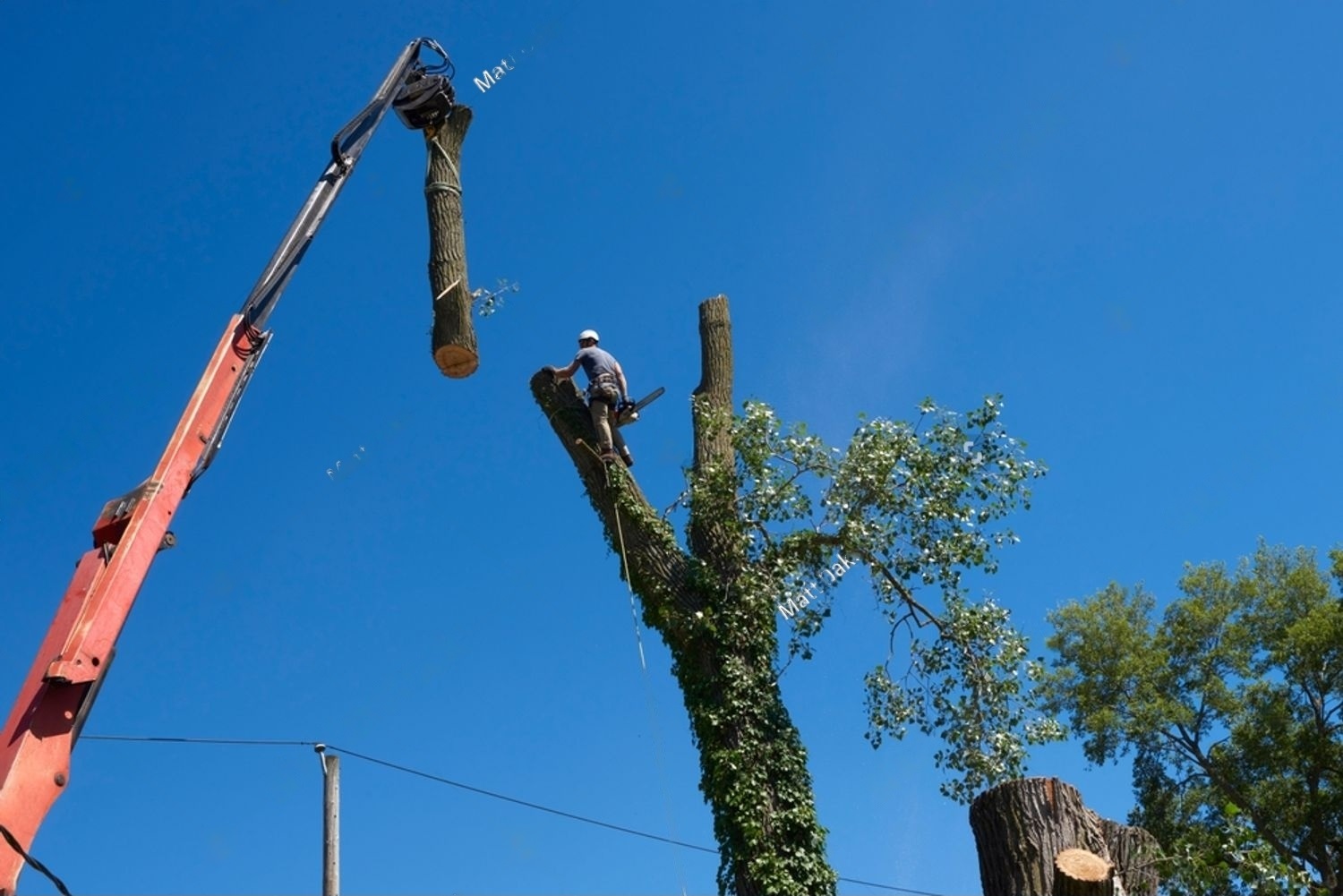In the world of search engine optimization (SEO), mastering the art of effective optimization techniques is crucial. However, in our pursuit of high-ranking keywords and website traffic, it’s essential to recognize that not every problem calls for a chainsaw. In the world of digital forestry, there are many scenarios where “tree removal” (i.e., deletion or removal of web content) should not be our go-to solution. In this article, we will delve into why tree removal is not always the answer and explore alternative techniques and options that can help you achieve your SEO goals.
The Hasty Chainsaw: The Pitfalls of Tree Removal
When faced with a poorly performing webpage, our instinct may be to reach for the “chainsaw” and remove content that we believe is causing the issue. However, this knee-jerk reaction can have unintended consequences. Here are some pitfalls to consider:
1. Loss of Valuable Content
Removing content from your website can lead to a loss of valuable information, history, and context that might be relevant to your audience. Valuable pieces of content that have been well-received by readers may still hold value, even if they are not currently driving traffic.
2. Broken Links and Poor User Experience
Tree removal can result in broken links, which can negatively impact your site’s user experience. Users who click on removed links will encounter 404 errors, frustrating them and potentially driving them away from your website.
3. Lost Rankings and Authority
Removing content can lead to a drop in search engine rankings, as search engines rely on a variety of factors, including the number of indexed pages, to determine a website’s authority and relevance. A significant removal of content can affect your website’s perceived value.
Pruning vs. Removal: The SEO Gardener’s Dilemma
In the world of gardening, seasoned horticulturists understand the importance of pruning to encourage growth and improve aesthetics. In the same vein, SEO professionals should consider pruning as an alternative to complete removal. Pruning, in this context, means optimizing and improving existing content rather than eliminating it entirely. Here’s why this approach is often more effective:
1. Enhancing Quality
Pruning involves assessing the quality of your content, updating outdated information, improving readability, and addressing any SEO issues. By enhancing the quality of your content, you can often revive underperforming pages.
2. Preserving Authority
Pruned pages can retain their backlinks, domain authority, and history. Preserving the existing authority can be more advantageous than creating new content from scratch.
3. Maintaining User Trust
Pruning allows you to maintain the trust of your regular readers. When content disappears, users may feel frustrated and uncertain about your site’s reliability. Consistently improving existing content shows a commitment to providing value to your audience.
Rooting for Reoptimization
Another powerful alternative to tree removal is the process of reoptimization. Reoptimization involves reevaluating and improving your existing content to ensure it aligns with current SEO best practices and user expectations. Here’s how this method can benefit your website:
1. Freshness and Relevance
In the ever-evolving landscape of SEO, search engines favor fresh and relevant content. Reoptimization allows you to update your existing content to meet these criteria without starting from scratch.
2. Keyword Analysis
Keyword trends change over time. By revisiting your content and updating it with relevant keywords, you can better position your website to rank for popular search terms.
3. Improved User Engagement
User engagement metrics, such as time on page and bounce rate, play a significant role in SEO rankings. Reoptimizing your content can enhance these metrics, signaling to search engines that your pages provide value and relevance to users.
Content Consolidation: The SEO Arborist’s Approach
Content consolidation is a technique that involves merging related pieces of content into a single, comprehensive resource. This approach offers several benefits:
1. Reduction in Content Overload
Websites with too many pages of similar content can dilute the overall user experience and confuse search engines. By consolidating related content, you create a single, authoritative source, making it easier for both users and search engines to understand your site’s focus.
2. Improved Page Authority
A consolidated, in-depth resource is more likely to accumulate backlinks and page authority, enhancing its overall SEO value.
3. Enhanced User Experience
Users benefit from having all relevant information in one place, reducing the need to click through multiple pages to find what they’re looking for.
Redirecting and 301s: The SEO Compass
When tree removal is necessary, redirection is your best friend. Implementing 301 redirects, which notify search engines that the content has been permanently moved to a new location, helps mitigate the negative consequences of removing content. Here’s how redirection can assist your SEO efforts:
1. Preservation of Backlinks
By using 301 redirects, you can ensure that the backlinks that once pointed to your removed content now point to a relevant, existing page on your website, preserving the link equity.
2. Minimal User Disruption
301 redirects provide a seamless user experience, automatically sending visitors to the new, relevant content without encountering errors or broken links.
3. Retaining Authority
Redirecting allows you to maintain the authority and history of the removed content, even though it’s no longer accessible in its original form.
Takeaway
In the realm of SEO, it’s essential to approach website optimization with the mindset of an arborist rather than a lumberjack. While tree removal may be necessary in some cases, exploring alternatives and options can often yield better results, preserving valuable content, authority, and user trust.
Pruning, reoptimization, content consolidation, and redirection are powerful techniques that allow you to address underperforming content without resorting to complete removal. By carefully selecting the right approach for your specific situation, you can master the art of SEO and continue to grow your online presence while nurturing your digital forest.
In summary, remember that in the world of SEO, the chainsaw is not always the answer. Take a step back, assess your options, and choose the most prudent approach to optimize your website effectively. By doing so, you can master the art of SEO arboriculture and achieve long-term success in the digital wilderness.











